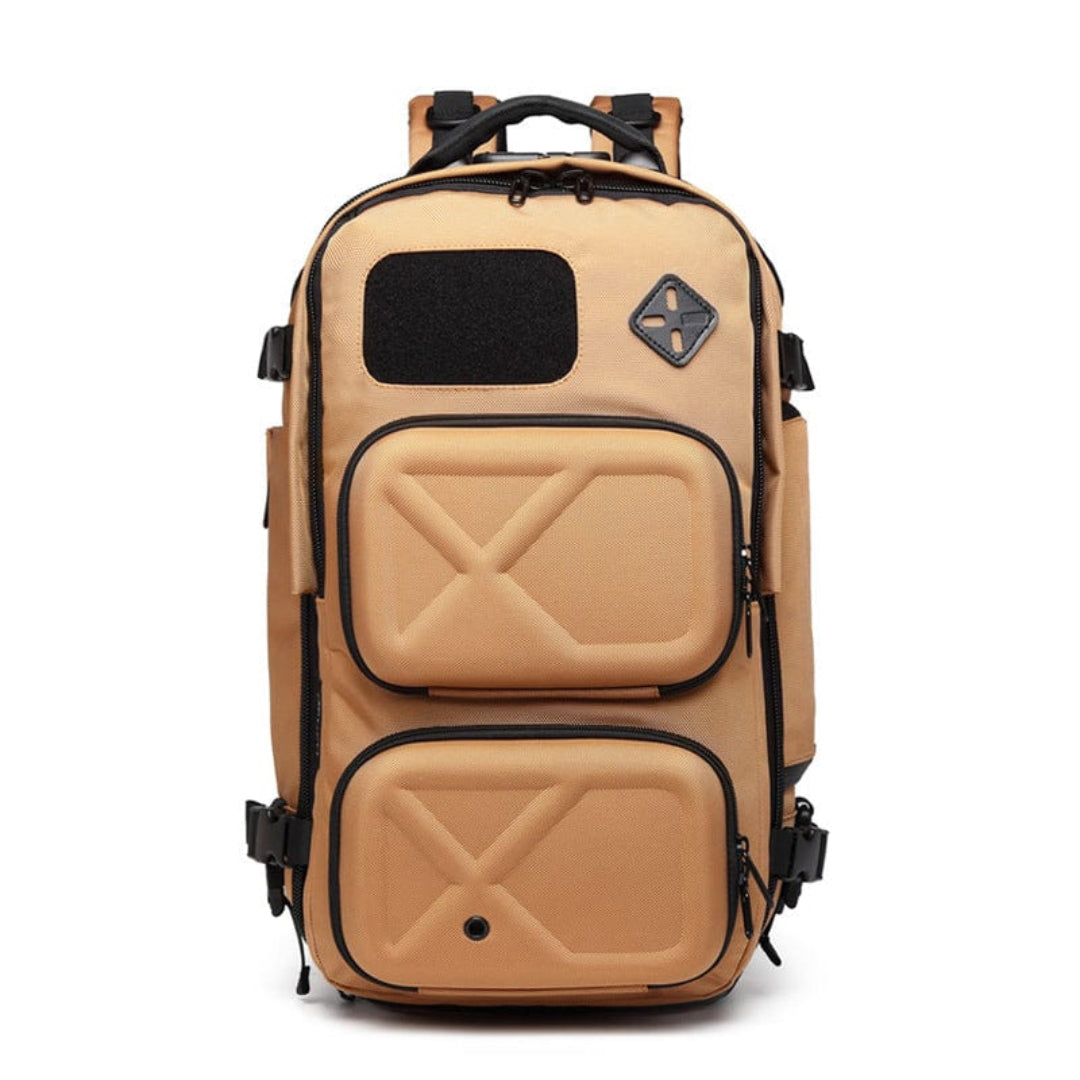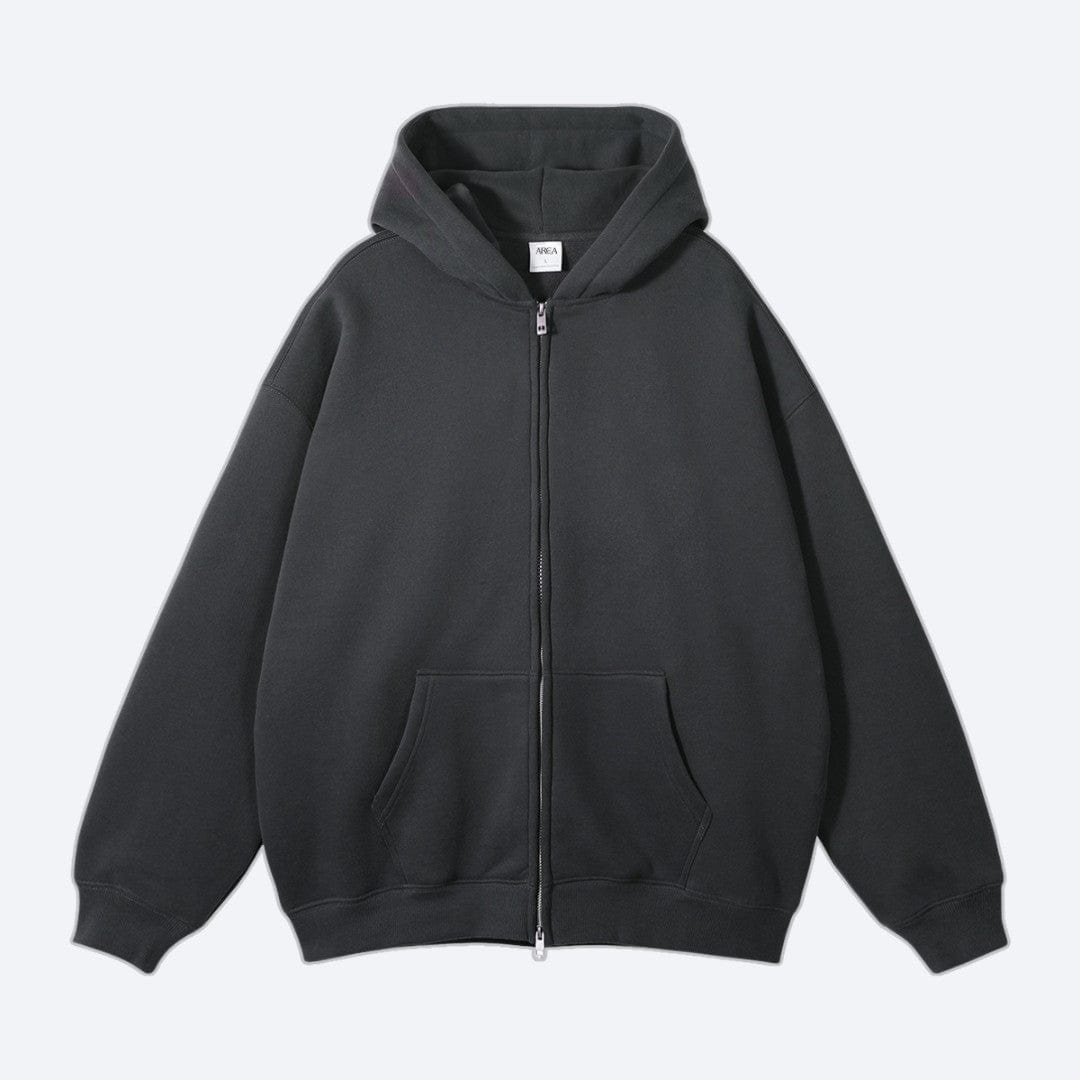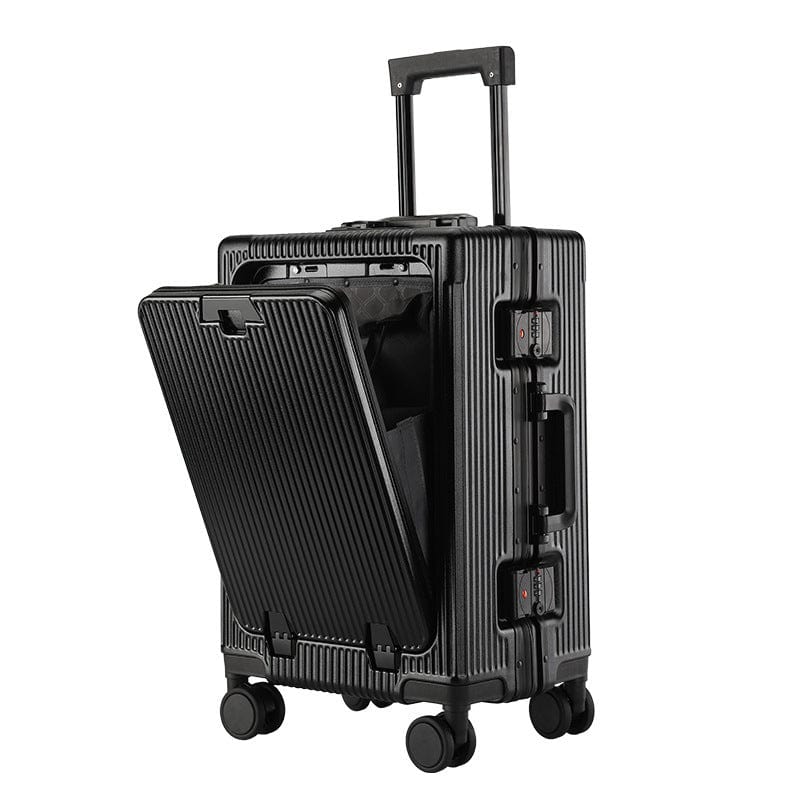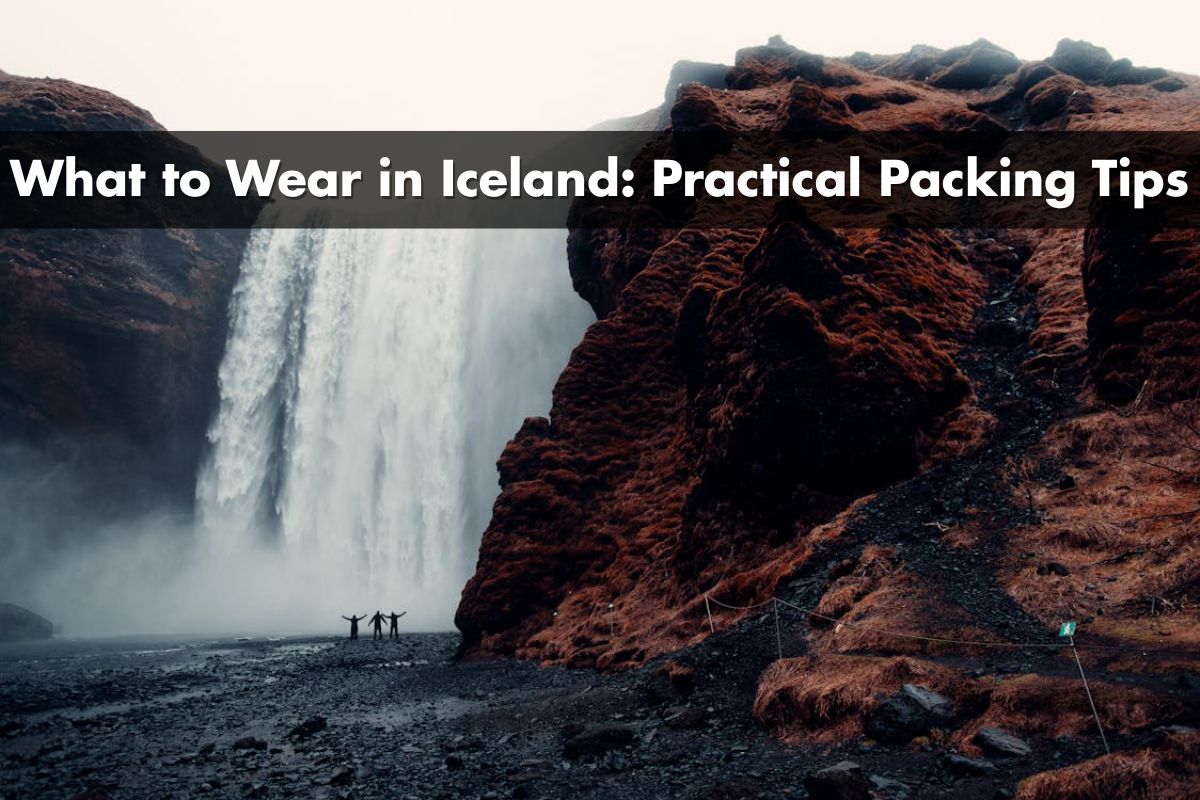Iceland’s landscapes are as dramatic as its weather. One moment you’re basking in rare sunshine—the next you’re facing biting winds and sudden rain. Locals have a saying: there’s no such thing as bad weather, just bad clothing. If you want to explore glaciers, waterfalls, and volcanic fields without feeling cold or miserable, what you wear matters just as much as where you go.
Understanding Iceland's Weather
Iceland's weather changes rapidly, often cycling through rain, wind, and sunshine within hours. You might see temperatures between -1°C (30°F) and 11°C (52°F) from January through July, with only slight variations throughout the year. Coastal areas, such as Reykjavik and Akureyri, usually see milder winters due to the North Atlantic Current, but inland wind chills can feel harsher, especially on the open highlands.
Precipitation occurs about 213 days annually, so you can expect frequent rain or drizzle, even in summer. Winds reach speeds of 20-40 km/h (12-25 mph) on average, with sudden gusts common on exposed roads and open spaces. Daylight varies from nearly 24-hour sunlight in June to only four or five hours in deep winter, directly impacting your daily plans and required clothing layers.
Weather patterns shift in every season—winter brings snow and icy roads, while summer, though milder, delivers brisk breezes and sudden showers. Being prepared for these fast changes ensures you stay warm, dry, and safe, whether you're hiking volcanoes or strolling Reykjavik’s streets.
Choosing the Right Luggage
Selecting luggage with Iceland’s volatile weather and changing terrain in mind ensures that your belongings stay protected and accessible. Hard-shell suitcases or rugged duffel bags with water-resistant materials handle heavy rain or snow in urban and rural environments. Portable luggage with sturdy wheels and reinforced handles navigates rough sidewalks in Reykjavík or gravel roads in the countryside.
Packing cubes and compression bags organize layers, thermal gear, and outerwear efficiently, maximizing space and separating wet or dirty clothes from dry items. Lightweight travel backpacks or daypacks allow you to carry essentials like rain gear, reusable water bottles, and snacks during hikes or city sightseeing. For highland and winter travel, waterproof bags shield valuables and electronics from moisture and windblown precipitation.
Luggage choices strongly impact your comfort and readiness, especially since frequent internal flights or bus transfers may limit bag size. Most airlines serving Iceland enforce baggage weight limits of 20 kg to 23 kg (44 lb to 50 lb), so prioritize functional, lightweight packing to avoid extra fees. Keeping your luggage compact, organized, and weatherproof creates an adaptable foundation for any Iceland adventure.
Layering Basics: How to Dress for Iceland's Climate
Effective layering keeps you warm, dry, and comfortable as Iceland’s intense weather shifts from sun to wind and rain in a single day. Each layer has a distinct role that protects you, so combining them creates flexibility and ensures comfort wherever you go.
Base Layers
Base layers keep your skin dry and warm by wicking away moisture. Merino wool or synthetic thermal tops and leggings work best because they regulate temperature and resist odors. Select fitted base layers and avoid cotton, which dries slowly and leaves you colder in wet conditions. Bring at least 2-3 sets—examples include merino wool shirts and long underwear—so you can rotate between days.
Mid Layers
Mid layers add insulation and trap body heat. Light, breathable options like fleece pullovers or wool sweaters perform best for active hikes or city exploring. For less active outings or lower temperatures, traditional Icelandic lopapeysa sweaters or insulated vests provide extra warmth. Pack 1-2 mid layers to adjust for indoor and outdoor environments.
Outer Layers and Weather Protection
Outer layers shield you from Iceland’s frequent rain and high winds. Choose a windproof and fully waterproof jacket with a secure hood—many travelers favor thick insulated parkas, kneelength puffer coats, or ski jackets. Waterproof pants or rain pants protect your legs from sideways rain, waterfall spray, or snowdrifts. Select shell layers that fit over other items comfortably, ensuring room for all your layers underneath.
|
Layer Type |
Material Examples |
Key Features |
Quantity Suggested
|
|---|---|---|---|
|
Base Layer |
Merino wool, synthetic |
Moisture wicking, odor resistance, no cotton |
2–3 |
|
Mid Layer |
Fleece, wool sweater |
Lightweight, breathable, strong insulation |
1–2 |
|
Outer Layer |
Waterproof shell/parka |
Windproof, waterproof, keeps layers dry |
1–2 |
Seasonal Packing Guide
Packing for Iceland means adapting to frequent temperature swings, high winds, and sudden rain, regardless of the month. Choose insulated, breathable, and waterproof pieces for all seasons and adjust layers based on planned activities and location.
What to Wear in Winter
Layering protects you in Iceland’s winter, where temperatures hover near 2°C (28°F) with wind chills reaching -15°C (5°F). Start with moisture-wicking thermal underwear on top and bottom—prefer merino wool or synthetics, as cotton absorbs moisture and chills. Add a thick fleece pullover or wool sweater for insulation, combined with thermal leggings or lined pants. Select a knee-length insulated waterproof parka or down coat for your outer layer, and pair it with windproof, fully waterproof snow pants. Insulated waterproof boots with solid soles stop heat loss, while crampons assist on icy paths. Complete your outfit with a wool hat, thick gloves or mittens, scarf or neck gaiter, and wool-blend socks. Pack extra pairs to swap as needed. Waterproof over-mittens or glove shells increase protection during storms or snow.
What to Wear in Summer
Even in June through August, Iceland rarely exceeds 11°C (52°F). Base layers—long-sleeve merino shirts and leggings—give flexibility for warmer or cooler hours. For insulation, bring a lightweight fleece jacket or softshell pullover. A fully waterproof and windproof jacket, plus rain pants, shield you from wind and horizontal rain. For footwear, bring waterproof hiking boots with ankle support and non-slip soles; add moisture-wicking socks to prevent blisters. Pack a hat that blocks sun and wind, lightweight gloves, and a scarf for glacier excursions or early morning hikes. Quick-dry shirts, travel pants, and a swimsuit prepare you for geothermal pools or local spas. Sturdy walking shoes work for city strolls in Reykjavík, with a sweater or smart-casual jacket for evenings.
What to Wear in Spring and Fall
Spring (April–May) and fall (September–October) feature mixed rain, wind, and cool temperatures between 0–7°C (32–45°F). Reliable base layers—thermal tops and leggings—retain warmth on freezing mornings. For mid-layers, choose a fleece zip-up or light down sweater. Outer shells should always be windproof and waterproof jackets and rain pants. Hiking boots with good grip handle slippery soil and persistent wet conditions. Wool socks, a beanie, gloves, and a neck gaiter provide critical warmth during temperature drops or sudden gales. For city activities, travel pants, long-sleeve shirts, and a presentable sweater suit most venues. Sunglasses shield against glare from wet ground after rain. Always include backup mid-layers and extra socks, as shifts in weather can be abrupt and extreme throughout these transitional seasons.
Essential Clothing and Accessories
Packing specific clothing and accessories matters for Iceland’s unpredictable climate. Prioritize durable, temperature-regulating, and water-resistant items so you’re prepared for fast-changing conditions.
Footwear for Iceland
Choose waterproof, insulated boots for Iceland’s rugged terrain and wet weather. Go for sturdy hiking boots with good ankle support and slip-resistant soles for safety in icy, snowy, or muddy conditions—Sólheimajökull Glacier and Þingvellir National Park are two locations where these features come in handy. Always bring extra pairs of wool or thermal socks; wool retains warmth and resists odors, even when wet. Add crampons or ice cleats for winter, especially if traversing frozen paths or black sand beaches. Lightweight sneakers may work inside Reykjavik or for geothermal pools, but hiking boots remain the best choice for outdoor activities and long walks.
Hats, Gloves, and Scarves
Covering extremities is crucial for consistent warmth in Iceland. Pack a thermal wool hat or beanie for head insulation and protection from strong winds. Use thick, insulated waterproof gloves or mittens to maintain warmth while hiking, handling gear, or photographing waterfalls. Include a neck gaiter, wool scarf, or buff—options that efficiently block wind and prevent heat loss during outdoor excursions. Layer these accessories for flexibility, removing them in sheltered settings and adding protection when exposed to the elements.
Swimwear and Extra Must-Haves
Swimwear is necessary for enjoying Iceland's geothermal culture. Pack at least one swimsuit, as visits to hot springs like Blue Lagoon or Reykjadalur are integral to the Icelandic experience. Quick-dry towels streamline transitions from pools to outdoor settings. Bring a small backpack for daily essentials such as layered clothing, snacks, a reusable water bottle, and medication, especially on hiking days. Sunglasses protect your eyes from snow glare and low-angle sunlight in winter. Add several pairs of moisture-wicking underwear, a set of breathable sleepwear, and windproof rain pants for extra protection when weather conditions rapidly shift.
What Not to Wear or Pack for Iceland
Heavy Cotton Clothing
Heavy cotton clothing absorbs moisture and dries slowly in Iceland’s damp weather. Wet cotton holds cold against your skin, increasing chill and discomfort during sudden weather changes.
Denim Jeans
Denim jeans lack insulation and retain water when wet. Wet denim quickly becomes cold and uncomfortable due to Iceland’s frequent rain and wind.
Bulky Luggage
Bulky luggage makes travel inconvenient through Iceland’s rugged terrain and weather. Overpacked bags slow you down at airports and fit poorly in compact rental cars and guesthouses.
Dress Shoes and Heels
Dress shoes and heels lack traction for slippery sidewalks and rough trails. Icy conditions in winter make formal footwear impractical and unsafe.
Umbrellas
Umbrellas break quickly in Iceland’s strong gusts. Winds reach 40 km/h or higher in open areas, rendering umbrellas useless and dangerous.
Lightweight Fashion Outerwear
Lightweight fashion outerwear offers little protection against wind and rain. Choose gear with proven windproof and waterproof ratings for Iceland’s exposed climates.
Shorts and Summer Sandals
Shorts and summer sandals rarely protect against cold, rain, or wind, even in July. Low temperatures and sudden storms demand full coverage and sturdy footwear.
Single-Use Plastic Bags
Single-use plastic bags are restricted by Icelandic stores. Bring a reusable shopping bag to comply with local regulations and minimize waste.
Unnecessary Gadgets
Unnecessary gadgets increase weight without adding function. Iceland’s minimalist packing needs focus on essentials like waterproof gear and thermal layers rather than electronics that serve no signal or limited power access outside urban areas.
Tips for City Outings and Nightlife
Dress codes in Reykjavik stay relaxed, with smart casual attire preferred for both daytime city walks and nights out. In restaurants, cafes and many bars, you'll see locals combining dark jeans, tailored trousers and simple tops with clean sneakers or boots. Examples like a black sweater and stylish jacket fit the local standard without appearing too formal—formalwear rarely appears outside high-end events.
Locals choose function-oriented fashion, blending sharp lines, muted tones and versatile layers. All-black outfits and neutral colors dominate, letting you blend in discreetly at galleries, bookshops and cocktail lounges. Avoid technical hiking clothing like rain pants, bright windbreakers or hiking boots inside city venues; these feel out of place away from the countryside.
Even on weekends, clubs and late-night bars might only expect a step up from daily wear—think polished tops, understated accessories and fitted coats. Requirements exclude hoodies, bulky sweaters, sweatpants, or overly sporty attire in trendier spots. When in doubt, lean smart with a quality shirt or blouse, dark jeans and a smart jacket.
Warmth remains crucial at night in Iceland. Temperatures often fall near freezing even during social events. Bring a good coat for transitions between indoor and outdoor spaces. Many venues offer coat racks or cloakrooms, so you can shed bulky outerwear once inside.
Waterproof or sturdy footwear earns priority for city outings. Choose sneakers or boots with strong grip to manage icy sidewalks or wet streets, especially from autumn through spring. Save your athletic trainers and summer sandals for geothermal spas or hotel gyms.
Packing for city outings and nightlife centers on a streamlined, weather-ready wardrobe that matches both Iceland’s environment and its urban sensibilities. Functional, muted, smart—these vectors define Reykjavik fashion and keep you comfortable wherever you go.
Shopping and Dress Codes in Iceland
Shopping for clothing in Iceland centers on function, with local retailers offering durable outerwear and technical layers suitable for the country’s volatile weather. Stores in Reykjavík stock waterproof jackets, insulating midlayers, and merino wool base layers, reflecting the national focus on practical essentials. You’ll notice that local apparel emphasizes windproof, waterproof materials over fashion trends, especially for outerwear. Options like fleece pullovers and wool sweaters are readily available, as they match the needs of both residents and visitors tackling Iceland’s unpredictable outdoors.
Dress codes in Iceland lean toward smart casual, particularly in urban settings like Reykjavík. Smart casual attire means you can wear dark jeans, simple sweaters, and clean sneakers for most city outings and evening venues. Examples in restaurants or bars include tailored trousers, soft knit pullovers, or blazers paired with sturdy, stylish boots. Locals consistently favor muted palettes and understated styles, making functional layers like wool scarves or structured coats common elements in daily wear.
For special occasions or fine-dining experiences, you’ll want to look polished, though formalwear remains rare. Urban Icelanders rarely wear technical hiking gear or colorful sportswear in city nightlife settings, preferring elevated but comfortable ensembles. Even with relaxed codes, weather dictates most clothing choices, so carrying a sleek waterproof coat is standard practice for sudden rain or wind.
Shopping experiences in Iceland focus on quality and longevity, with local brands and shops in Reykjavík specializing in pieces tailored for harsh environments. You’ll find everything from waterproof gloves to thermal hats, as practicality determines most inventory. Sale periods align with seasonal changes, so stock often shifts from lightweight summer options to thick winter gear by September. When shopping, prioritize items with waterproof ratings above 10,000mm and certified insulating properties to ensure performance during outdoor adventures.
Conclusion
Packing for Iceland means being ready for anything nature throws your way. When you choose quality layers and weatherproof gear, you’ll stay comfortable whether you’re hiking glaciers or exploring Reykjavík’s streets.
Focus on functionality and versatility so you can enjoy every moment without worrying about the elements. With the right clothing and luggage, you’re set to experience Iceland’s beauty in any season.




















